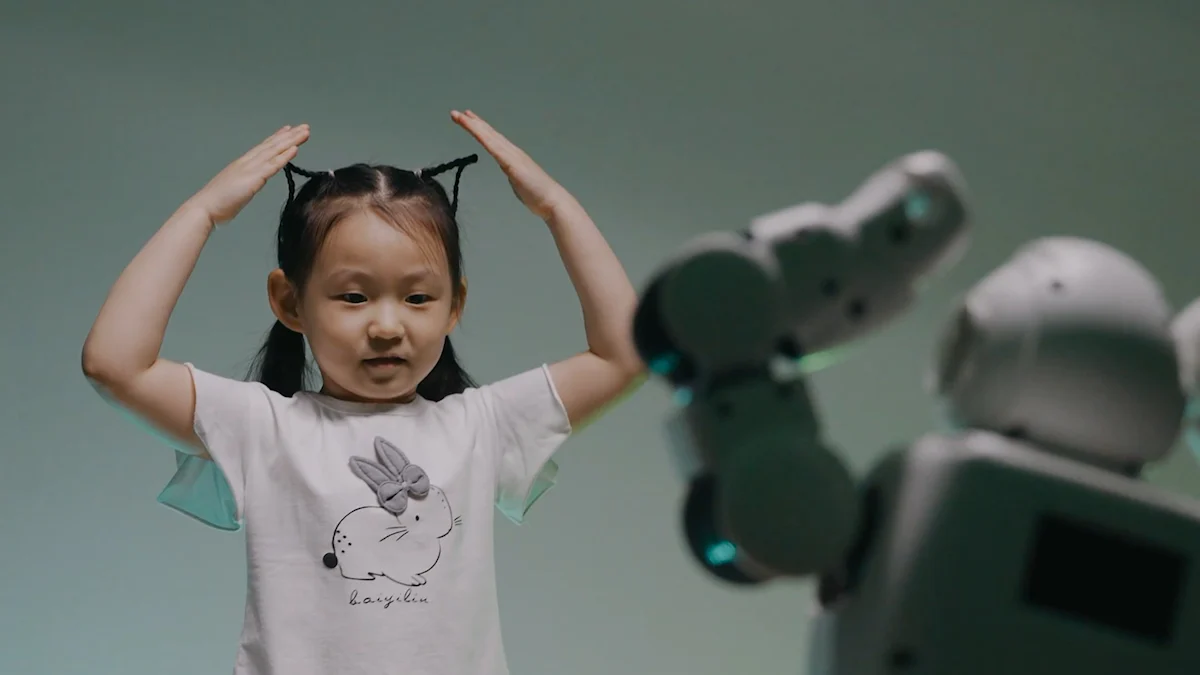The Challenges of Co-Writing with AI

Imagine teaming up with a machine to write your next big story. Co-Writing with AI is exactly that—combining human creativity with artificial intelligence to produce written content. This collaboration can be exciting, but it also comes with its own set of challenges. Understanding these hurdles is crucial if you want to make the most of this innovative partnership. From maintaining your unique voice to navigating technical limitations, knowing what to expect can help you harness AI's potential effectively.
Understanding Co-Writing with AI
Definition and Scope
What is Co-Writing with AI?
Co-Writing with AI means working alongside artificial intelligence to create written content. You might wonder how this works. Well, AI can help you brainstorm ideas, suggest sentence structures, or even generate entire paragraphs. It acts like a writing assistant, offering support and suggestions. However, you remain the creative force behind the work. You guide the AI, ensuring that the final piece reflects your vision and style.
How AI is Used in Writing
AI plays a significant role in writing today. You can use it for various tasks, from drafting emails to crafting complex reports. AI tools analyze data and patterns to provide you with relevant content suggestions. They can help you with grammar checks, style improvements, and even content generation. By using AI, you can save time and enhance the quality of your writing. However, it's essential to remember that AI complements your skills rather than replacing them.
Current Trends
Popular AI Writing Tools
Several AI writing tools have gained popularity recently. Tools like Grammarly, Jasper, and Writesonic offer features that assist you in writing more efficiently. These tools provide grammar corrections, style suggestions, and content ideas. They cater to different writing needs, whether you're a student, a professional, or a creative writer. By exploring these tools, you can find one that suits your specific requirements and enhances your writing process.
Adoption in Various Industries
AI's influence extends across multiple industries. In marketing, AI helps create personalized content for target audiences. In journalism, it assists in generating news articles quickly. Even in education, AI supports students by providing writing feedback and suggestions. As you can see, AI's adoption is widespread, offering benefits in diverse fields. By understanding these trends, you can better appreciate how Co-Writing with AI is shaping the future of writing.
Identifying the Challenges

When you dive into Co-Writing with AI, you'll encounter several challenges. Understanding these can help you navigate this innovative writing approach more effectively.
Technical Limitations
Accuracy and Reliability Issues
AI tools can sometimes make mistakes. You might find that the content generated isn't always accurate or reliable. For example, AI might misinterpret your instructions or produce text that doesn't align with your intended message. This can lead to errors in your writing. You need to review and edit AI-generated content carefully to ensure it meets your standards.
Limitations in Creativity and Originality
AI struggles with creativity. It often relies on existing data and patterns, which can make its output predictable. You might notice that AI-generated content lacks the originality and creative flair that human writers bring. To overcome this, you should infuse your unique ideas and creativity into the writing process. This ensures that the final piece reflects your personal touch.
Ethical Considerations
Plagiarism Concerns
Plagiarism is a significant concern when Co-Writing with AI. AI tools might inadvertently produce content that closely resembles existing work. This can lead to unintentional plagiarism. You must check the originality of AI-generated content and ensure it doesn't infringe on others' work. Using plagiarism detection tools can help you maintain ethical writing practices.
Bias in AI Algorithms
AI algorithms can exhibit bias. They learn from existing data, which might contain biases. This can result in biased content that doesn't reflect diverse perspectives. You should be aware of this issue and strive to create balanced and inclusive content. By actively reviewing and adjusting AI-generated text, you can minimize bias and promote fairness in your writing.
Human-AI Collaboration
Balancing Human Input and AI Output
Finding the right balance between your input and AI's output is crucial. You might feel tempted to rely heavily on AI, but it's essential to maintain your role as the primary creator. You should guide the AI, providing clear instructions and feedback. This collaboration ensures that the final content aligns with your vision and goals.
Maintaining Authorial Voice
Preserving your authorial voice is vital when Co-Writing with AI. AI-generated content might not always match your style or tone. You need to actively shape the text to reflect your unique voice. By doing so, you ensure that the content remains authentic and resonates with your audience.
Implications for Writers
When you dive into Co-Writing with AI, it can change how you approach writing. This section explores how AI impacts your writing skills and the opportunities it presents.
Impact on Writing Skills
Dependency on AI Tools
Relying on AI tools can make writing easier, but it might also lead to dependency. You might find yourself leaning on AI for grammar checks or content suggestions. While this can save time, it's important to keep honing your skills. You should use AI as a tool to enhance your writing, not as a crutch. By doing so, you maintain your ability to write effectively without always needing AI assistance.
Changes in Writing Processes
Co-Writing with AI can alter your writing process. You might start by brainstorming with AI, using it to generate ideas or outlines. This can streamline your workflow, making it more efficient. However, you should remain flexible and adapt your process as needed. Embrace the changes AI brings, but ensure that your creativity and personal touch remain central to your work.
Professional and Creative Opportunities
Enhancing Productivity
AI can boost your productivity. By automating repetitive tasks, AI frees up your time for more creative endeavors. You can focus on crafting compelling narratives or exploring new topics. This increased efficiency allows you to produce more content without sacrificing quality. Embrace AI's potential to enhance your productivity and achieve your writing goals.
Exploring New Creative Possibilities
Co-Writing with AI opens up new creative possibilities. You can experiment with different writing styles or genres, guided by AI's suggestions. This collaboration can inspire you to explore uncharted territories in your writing. By leveraging AI's capabilities, you can push the boundaries of your creativity and discover fresh perspectives. Embrace the opportunity to innovate and expand your creative horizons.
In this blog, you explored the main challenges of co-writing with AI. You learned about technical limitations, ethical concerns, and the balance needed in human-AI collaboration. These hurdles can impact your writing process and creativity.
Looking ahead, co-writing with AI holds exciting potential. As technology advances, you might find new ways to enhance your writing. Embrace AI as a tool that complements your skills. Stay curious and open to innovation. By doing so, you can navigate the future of writing with confidence and creativity.
See Also
Authors Partnering with AI for Innovative Storytelling
Tips for Crafting a Book with AI Assistance
Crafting Film Screenplays with AI Technology
